Mrs. Caliban by Rachel Ingalls is a strange and
haunting short novel that was originally published in 1982. The protagonist
Dorothy Caliban is a suburban housewife in a loveless marriage with her husband
Fred. Years ago, Dorothy and Fred had been happy together, but tragedy struck. Their
young son Scotty died of complications during an appendectomy. Shortly thereafter,
Dorothy miscarried their second child. Dorothy then bought a dog, which died
when it was hit by a car. In their despair, Dorothy and Fred turned away from
one another. Later on, Dorothy realized Fred was being unfaithful to her.
Still, they were “too unhappy to get a divorce,” as Dorothy explained to her
best friend Estelle.
As the story begins, Dorothy is hearing curious messages when she listens to
the radio. These odd messages are mixed in with the regular programming but are
directed at her. For instance, one message tells Dorothy not to worry and that
she’ll have another baby. Another broadcast announces the escape of a giant
lizard-like creature from the Institute for Oceanographic Research, named
“Aquarius the Monsterman” by the press.
Soon after, while preparing dinner for her husband and his colleague, the 6-foot-7-inch-tall
green creature steps into Dorothy’s kitchen. Instead of being frightened by
him, Dorothy hands him a stalk of celery. She learns his name is Larry, and Dorothy
decides to hide him in her spare room. The next day Dorothy and Larry talk, and
Dorothy learns that Larry was abused by his captors at the Institute. She aims
to protect him, and the pair begins a romance.
The romance gives Dorothy comfort. During their first of many nightly drives to
the beach, Dorothy reflects “all during my teens, when I kept wishing so hard
for this—to be out in a car on the beach with a boy—and it never happened. But
now, it’s happened.” Beyond giving her comfort, Dorothy’s adventure with Larry
gives her a new purpose. She begins planning how to transport Larry from her
home in California to his home in the Gulf of Mexico where he was captured.
Everything gets more complicated when Larry kills five young men who attacked
him. Dorothy’s gardener, Mr. Mendoza, gives her an ambiguous message, “That
friend of yours…It will be sad for a while, but it’s better the way it is,
you’ll see.” Both Dorothy and the reader wonder about the meaning. As she
watches the news later, Dorothy realizes that Larry killed her friend Estelle’s
son Joey.
The tragedies multiply when Dorothy and Larry are out one night and she witnesses
her husband Fred having an affair with Estelle’s teenage daughter Sandra.
Dorothy realizes that Fred also had an affair with her best friend Estelle
because Estelle had obscurely mentioned that Sandra had taken on one of
Estelle’s old lovers. Dorothy and Larry race away in her car, but Fred and
Sandra end up following close behind. Fred tries to run Dorothy off the road,
but another car crashes into his car, killing both him and Sandra. In the
chaos, Dorothy tells Larry to hide on the beach and to meet her later.
At the morgue, Dorothy sees Estelle who accuses Dorothy of killing her and
destroying everything around her. Dorothy responds, “It wasn’t me.” There’s a
great sadness in this short response. Nothing in Dorothy’s life was quite as it
seemed. Dorothy’s best friend Estelle was not a friend at all. Fred was not a
committed, loving, or loyal husband. At the cemetery, a woman asks Dorothy
what her husband’s name was, and Dorothy responds “Fred,” but then changes her
mind in confusion and tells the woman she called her husband “Larry.” The
reader is left wondering if Larry was real at all, or if he was just a fantasy
Dorothy created to escape her reality. The novel ends with Dorothy waiting on
the beach for Larry, “but he never came.”
Mrs. Caliban packs a punch. It’s on one level light, fantastical, odd,
and humorous. On deeper levels, it’s a reflection on loneliness, loyalty, friendship,
grief, loss, love, betrayal, revenge, and solitude. The novel’s title derives
from Caliban, a character in Shakespeare’s
The Tempest, who is a
creature that is half human and half animal. The title may also echo
Mrs. Dalloway by Virginia Woolf, the story of a day in the life of Clarissa Dalloway.
Since its publication,
Mrs. Caliban has been forgotten and rediscovered
several times. It’s been praised by authors John Updike, Ursula K. Le Guin, and
Joyce Carol Oates. In 1986, the British Book Marketing Council named
Mrs.
Caliban one of the “top 20 American novels of the post-World War II
period.” The novel was rediscovered again in 2017 when readers noted its
similarities to Guillermo del Toro's film
The Shape of Water, which won an Oscar for Best
Picture. I’ve never seen the movie, but from what I’ve read, it sounds very
similar. Please weigh in if you've read the novel and seen the movie.
Mrs. Caliban is the type of story that lingers with the reader, who’s
left wondering what was real and what happens next. How do we cope with loss,
grief, purposelessness, and betrayal? Should we all hand a celery stick to the
monster at our door?
Purchase and read books by Rachel Ingalls:

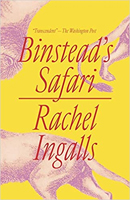

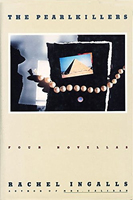
Last updated: January 18, 2024.
©
penciledpage.com






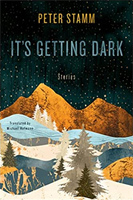






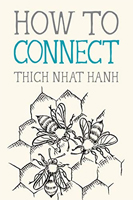

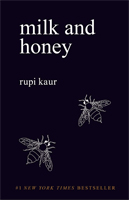


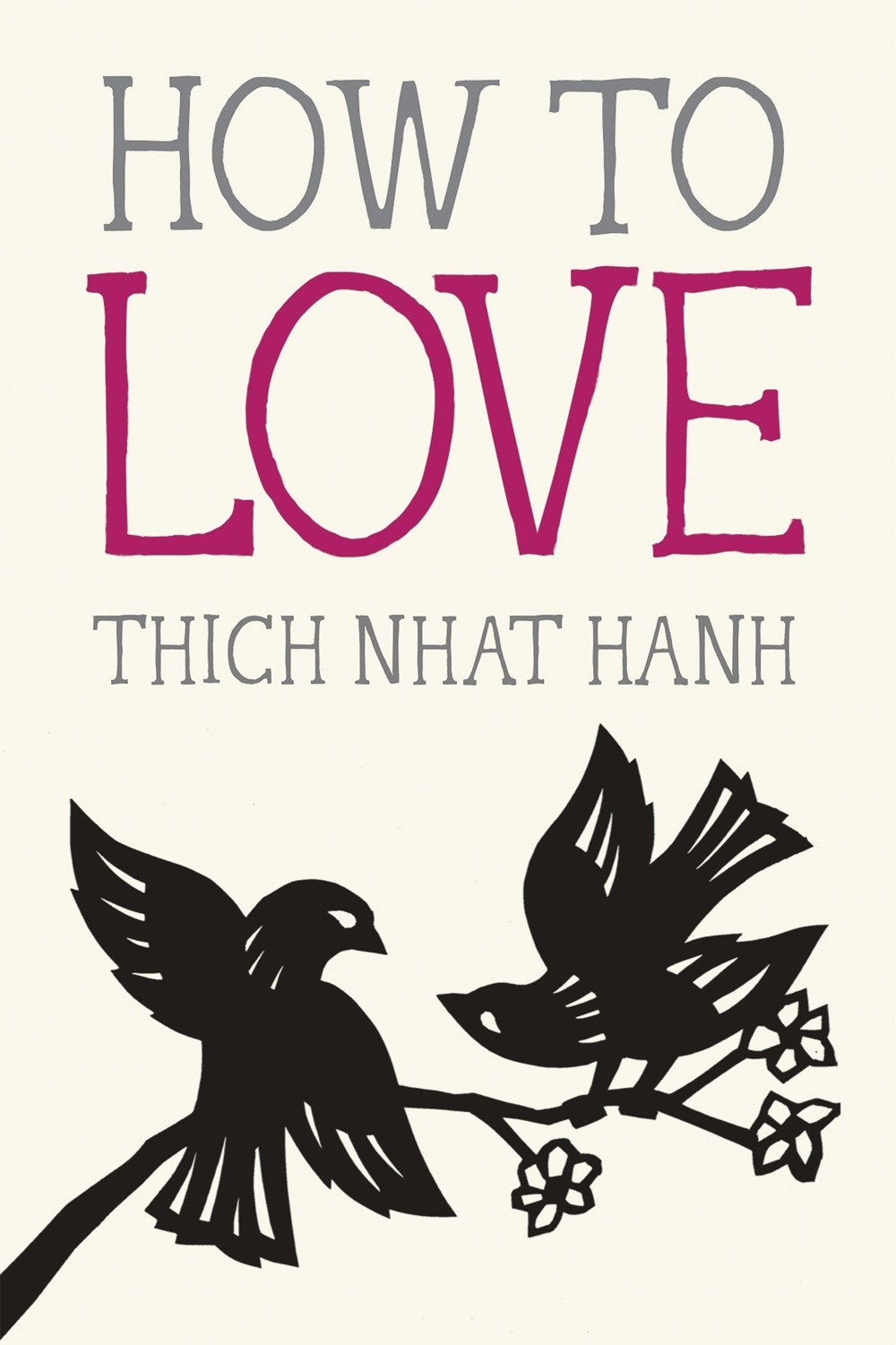










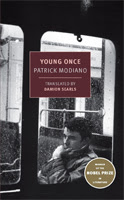

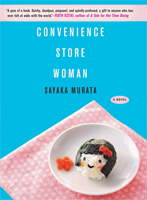
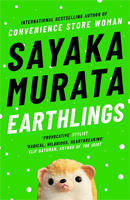



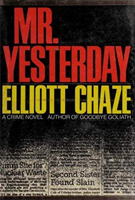

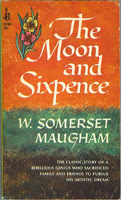
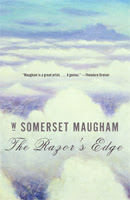

Search This Website